FIT
Footprint Identification Technology
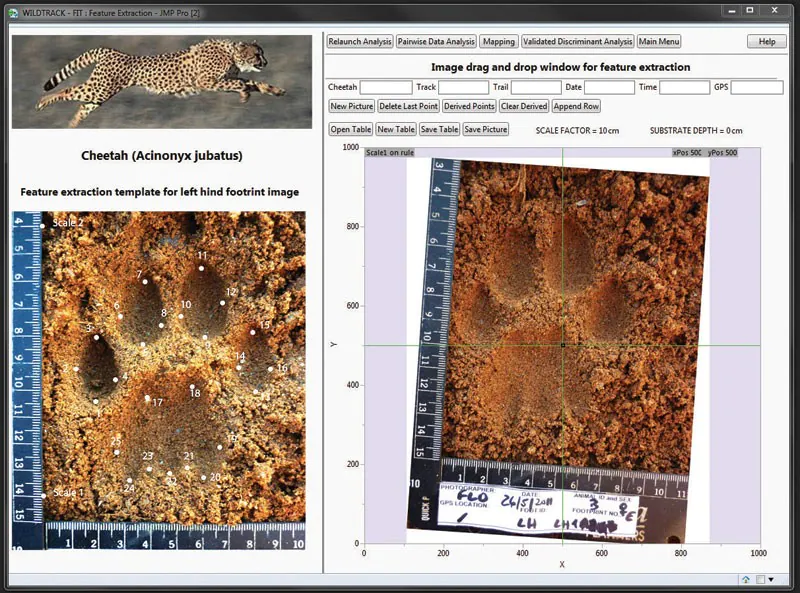
What is FIT and how does it help protect endangered species?
The multi award-winning FIT was developed by WildTrack as a translation of indigenous tracking expertise. FIT is based on the most ancient and time-honored art and science of tracking animals, using cutting edge technology statistical analysis and AI. Using a smartphone app we can collect images of animal footprints to determine their species, which individual they are, which sex, and sometimes their age-class also. Using this information we are able to determine how many there are, and where they are - data central to all efforts at wildlife conservation.
Start Collecting Footprints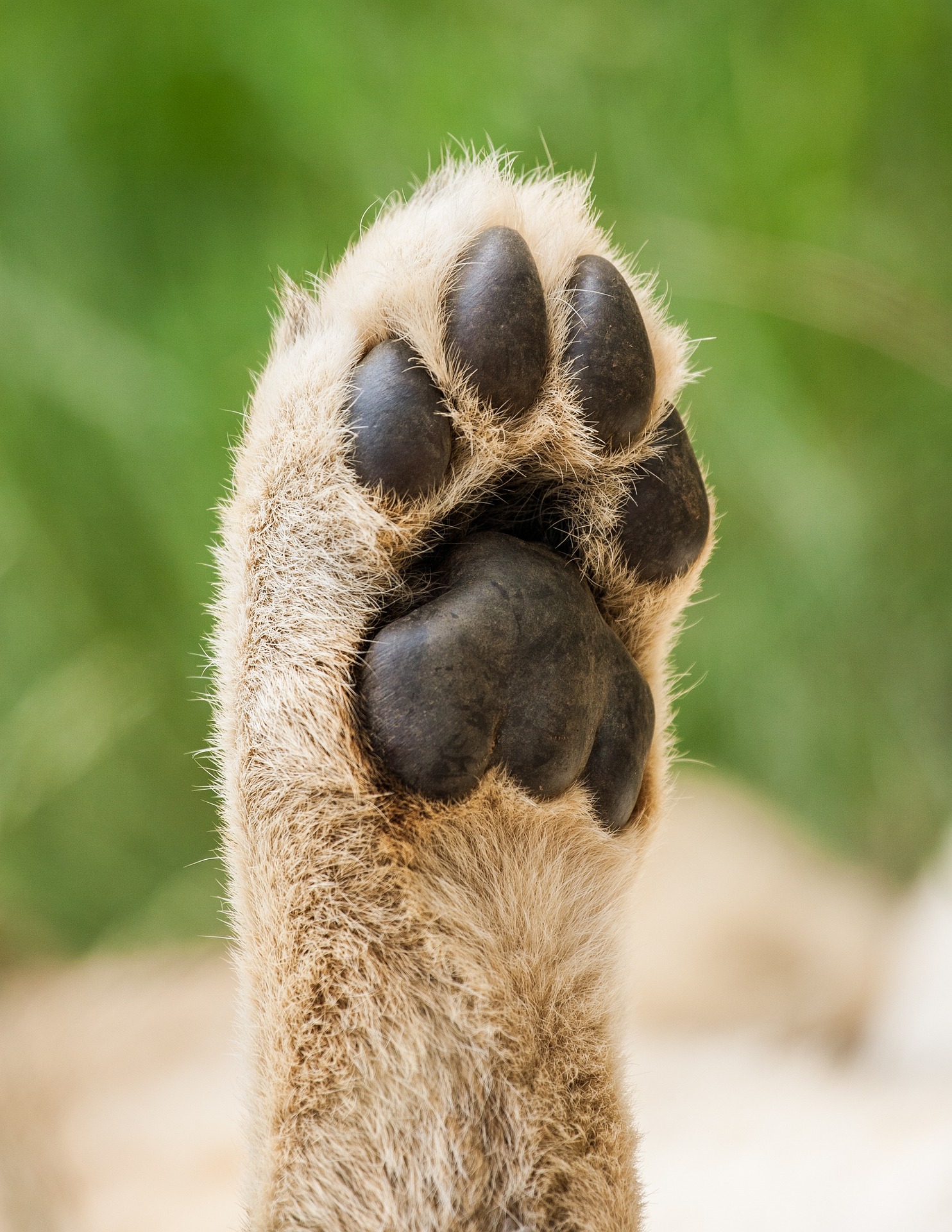
What are the benefits of using footprints for monitoring endangered species?
Identify species, individuals, foot, sex, and age-class.
Our overall accuracy in identifying individuals from a range of different species is typically over 95 percent using classical morphometrics and 85% with AI after only 3 months of development.
Collecting footprints need not disturb the animal in any way. Our research – and that of others – increasingly suggests that repeated disturbance and handling can have a negative impact on the species being studied.
The only equipment needed is a smartphone and a metric scale.
Communities which live close to wildlife often produce expert trackers. By enabling rangers to protect the animals in their own areas effectively, FIT empowers local communities and brings with it benefits for all members. Many other monitoring techniques rely heavily on imported expertise and involve local people only in a superficial or temporary way. Because it is based on traditional tracking techniques, it is appropriate and intuitive for use in developing countries, but has the benefit of being able to fulfill objective scientific criteria.
Because local people are able to collect images, a constant external presence (often needed for other monitoring techniques) is not required.
To date we have developed provisional or full FIT algorithms for 13 species including black rhino, white rhino, Bengal tiger, Amur tiger, cheetah, puma, Lowland and Baird’s Tapirs and Polar bears. All indications are that the technique is adaptable and applicable for any species that leave a footprint.
A good census or monitoring strategy generally deploys several approaches in a ‘toolbox’ approach. FIT works well alongside camera-trapping and DNA identification from dung or lost hair. We have used footprints as marks in mark-recapture techniques to estimate populations from sampling. Footprints may even contain genetic material (eg. Polar bear prints can hold hair and blood spots) so that collecting footprint images can allow parallel collection of DNA for little extra effort.
In areas with suitable substrate (some substrates will obviously not hold prints), most places an animal goes it will leave footprints. By collecting these prints during the day, we are able to monitor the full range of the animal’s activity, day and night. In contrast, many visual observation or standard radio-collar telemetry data collect details of numbers and distribution less frequently because observations are expensive or animals difficult to see. FIT is also a particularly appropriate tool for monitoring elusive endangered species which may be seen only very rarely.
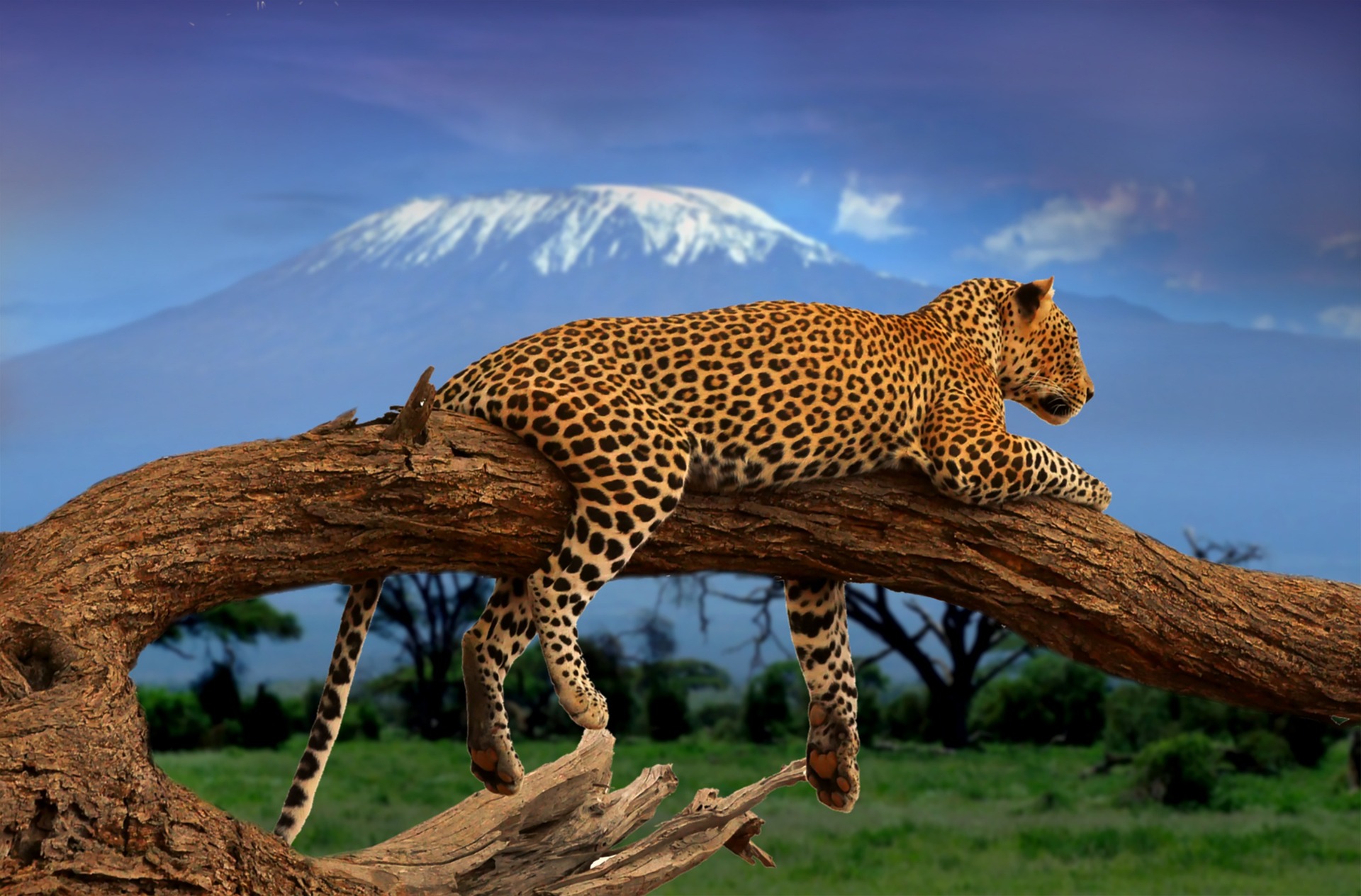
How accurate is FIT?
FIT is currently giving us >90% accuracy across the board for species, individuals and sex, using both statistical and AI approaches. Our algorithms are improving in accuracy as we gather more data and apply novel machine learning and computer vision techniques.
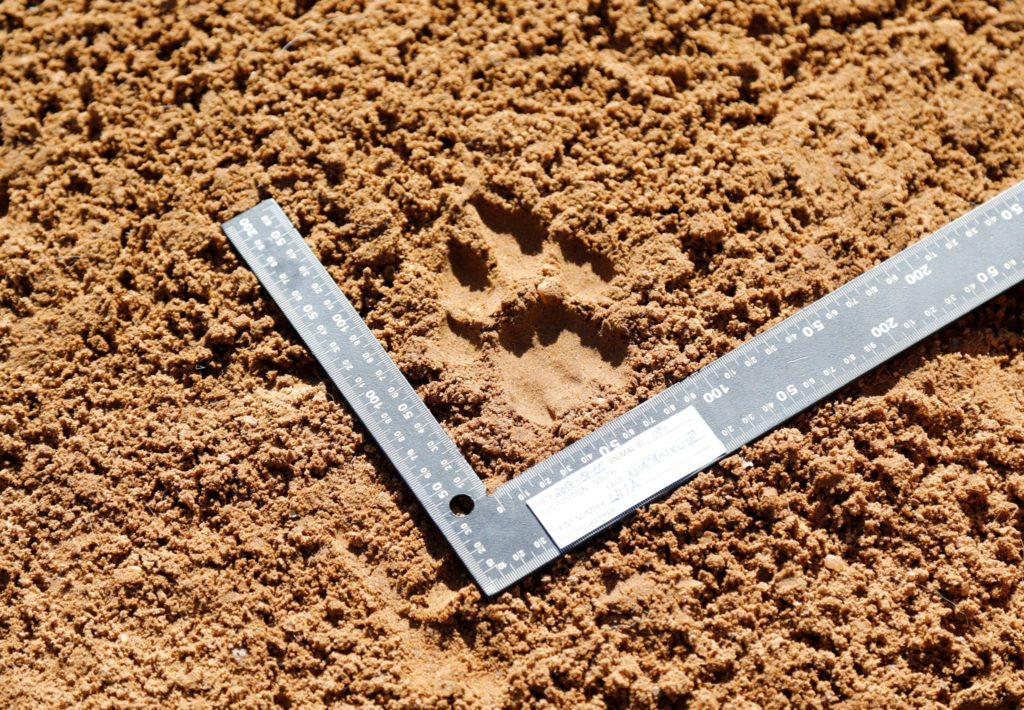
Does it work for all species?
FIT works for any species that leaves a clear footprint. Those with very detailed footprints, for example Carnivores, are particularly accessible, but we have algorithms for a wide range of species from African elephant, to tiny dormice! The most challenging species we’ve worked with are the antelopes, whose hoofs move as they walk, making footprint consistency a challenge.
See FIT in action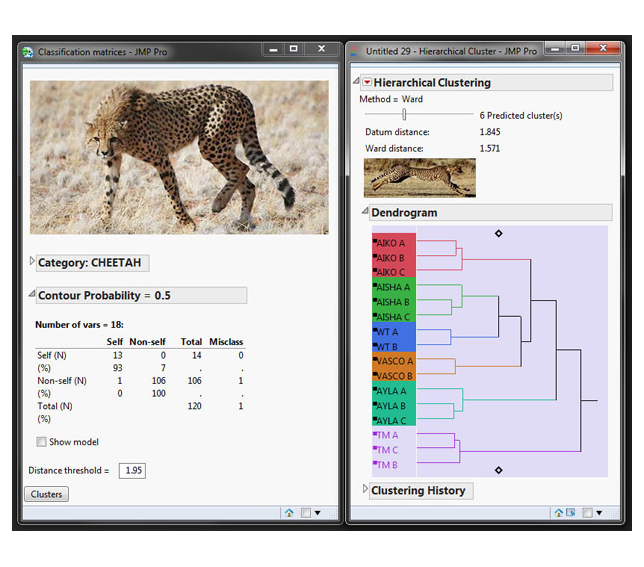
Our solution is unique!
FIT is the only end-to-end (data input to inference output) platform for monitoring endangered species using footprints. It is cheap to collect data, accessible, and non-invasive.
Traditionally, data on species numbers and distribution have been gathered– slowly– by small numbers of professional wildlife biologists observing animals in the field. More recently, biologists have gravitated to the (apparent) quick-fix of fitting instrumentation to animals-- i.e. collaring, tagging, and/or implanting sensors. This process is costly, so can be used for only a few individuals and, disturbingly, can also be physiologically and socially harmful to wildlife.
In the last decade, promising non-invasive monitoring approaches have emerged. Trail cameras can collect images of animals as they walk along game trails, but these are limited by their expense and the difficulty of monitoring animals at low densities. Acoustic monitoring can record and identify mammal and bird songs, but is restricted in area because of cost and the technical expertise required. eDNA has great potential to generate rapid bioassays at the species level in small areas, but is expensive, dependent on a few specialist labs.
We believe that our combination of TEK with technology brings a uniquely restorative solution to wildlife conservation and is unique in offering indigenous communities the chance to have their skills recognized, valued, and honored with worldwide applications.
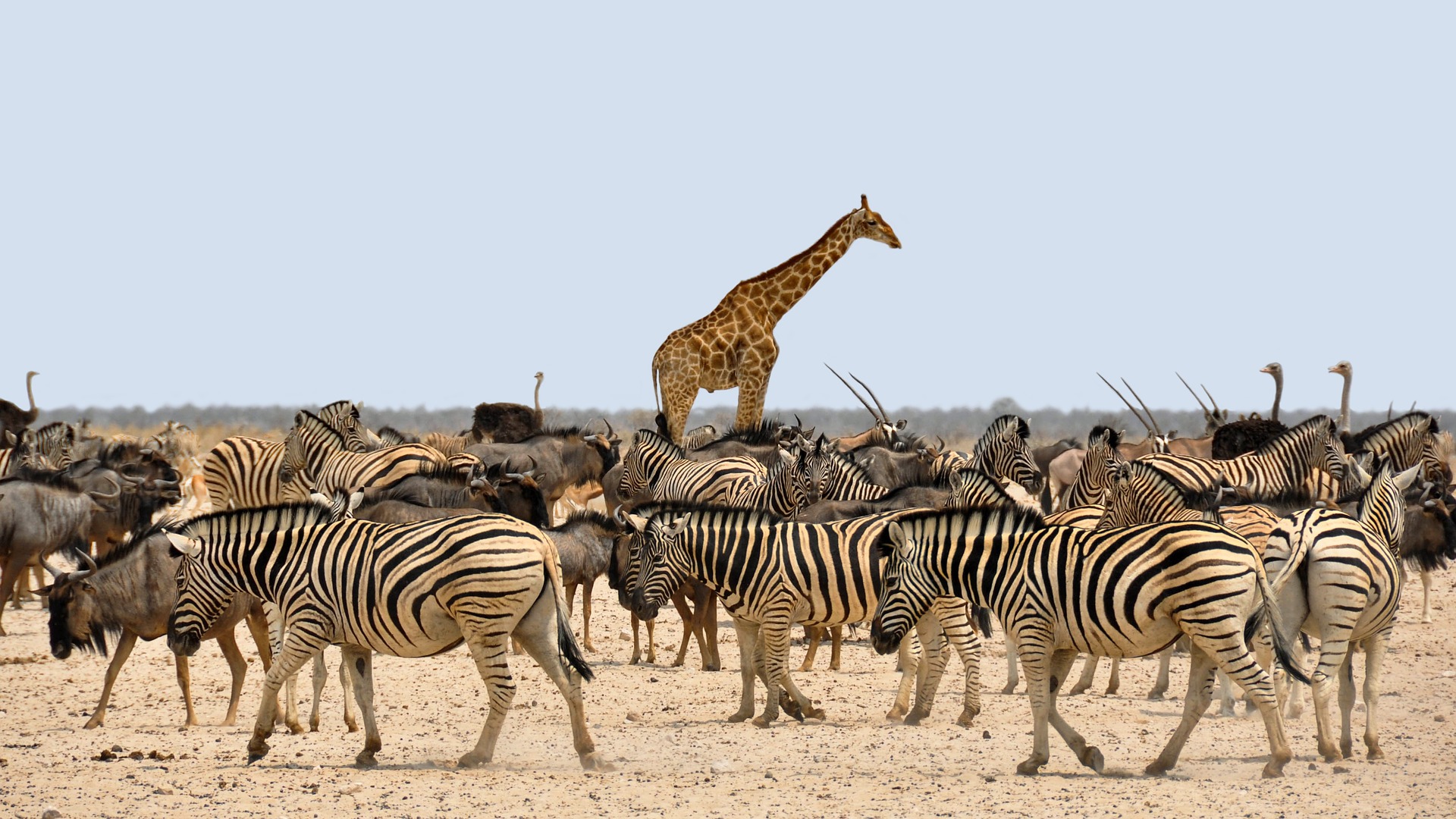
Where can I read more?
You can read more about FIT in our peer-reviewed publications and popular media. We are also happy to answer any questions you may have just simply contact us.
Our Peer-Reviewed Publications Our Popular Media